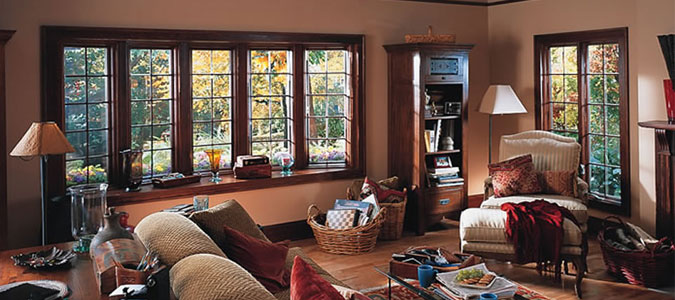Drafty Windows
Why do I feel a draft around my windows?
There are several reasons that people feel drafts when in close proximity to a window.
1. The window sash does not seal properly to the frame.
2. The frame is not sealed properly to the wall.
3. The glass surface has a much lower temperature than the room in which it is located. This difference in temperature cools the air closest to the glass. Cold air is heavier than warm air. Gravity pulls this cold air down. Warm air from the room replaces this air and a draft is created.
4. Conduction. If a person is in proximity to a cold surface, the body heat is actually drawn to the colder surface. Even if the air in the room is warm, the conduction creates a cooling sensation.
How do premium vinyl replacement windows increase the comfort level?
1. The window itself is tightly sealed to the wall, and the sash is tightly sealed to the frame.
2. The new window sash will have two pieces of glass instead of one. This allows for a “dead air space” between the panes. In a single pane window the exterior temperature might be 35 degrees, and the interior might be 55 degrees. With two pieces of glass with the “dead air space” between, the interior glass might be 68 degrees. The closer the interior glass is to room temperature, the more comfortable the space.
3. To further enhance the effect of the “dead air space”, argon gas is substituted for air. Argon is an inert substance that is harmless to the environment. It conducts heat 40 times slower than air. This further increases the interior glass temperature.
4. Low E coatings. A Low E coating is a microscopic layer of metal that is sprayed on the surface of the glass. Our premium Amazing windows have four of these coatings, two on the interior of the exterior glass and two on the exterior of the interior glass. (Confusing isn’t it) These coatings reflect heat. In the summer the sun’s heat travels millions of miles through the vacuum of space. Yet the heat will be released when it hits your floor or furnishings. Low E reflects this heat yet allows the light to enter. In the winter, the Low E coating reflects the heat from your HVAC system back into the room.







